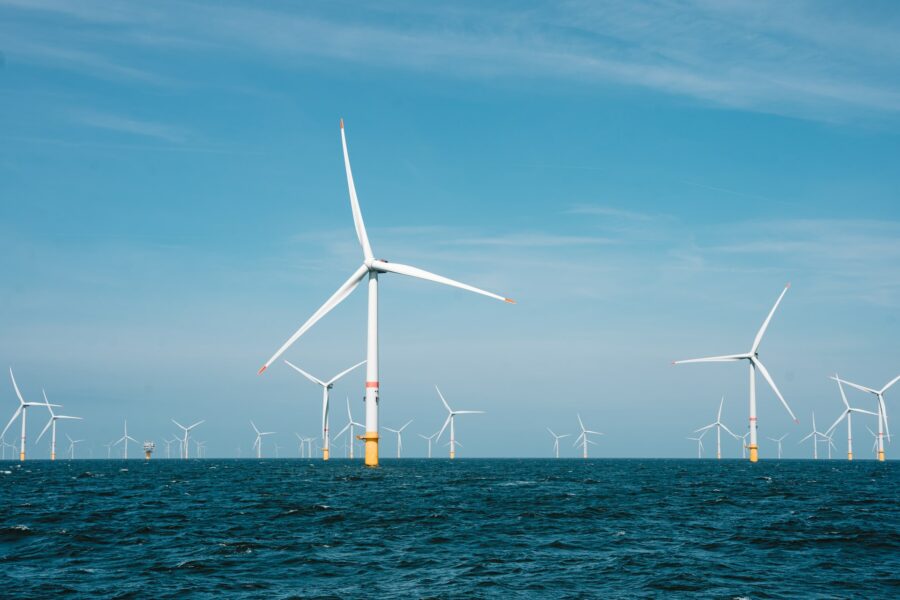Should Electric Vehicles be Illinois’ Future?
By: Jacob Regan
While electric vehicles play a vital role in Illinois’ future, upgrading public transportation is essential to creating a greener Illinois. As the new year begins, expect to see electric vehicles become a more prominent part of everyday life. The number of people using electric vehicles is rising: in November 2017, Illinois had an electric vehicle count of 8031[1]; at the end of last year, that number was 57311.[2] On the political side, Senators Dick Durbin and Tammy Duckworth secured $8.215 million for statewide programs for electric buses, charging infrastructure, and electric paratransit vehicles.[3] This money is also to be used for electric vehicle readiness programs across the state.[4]











